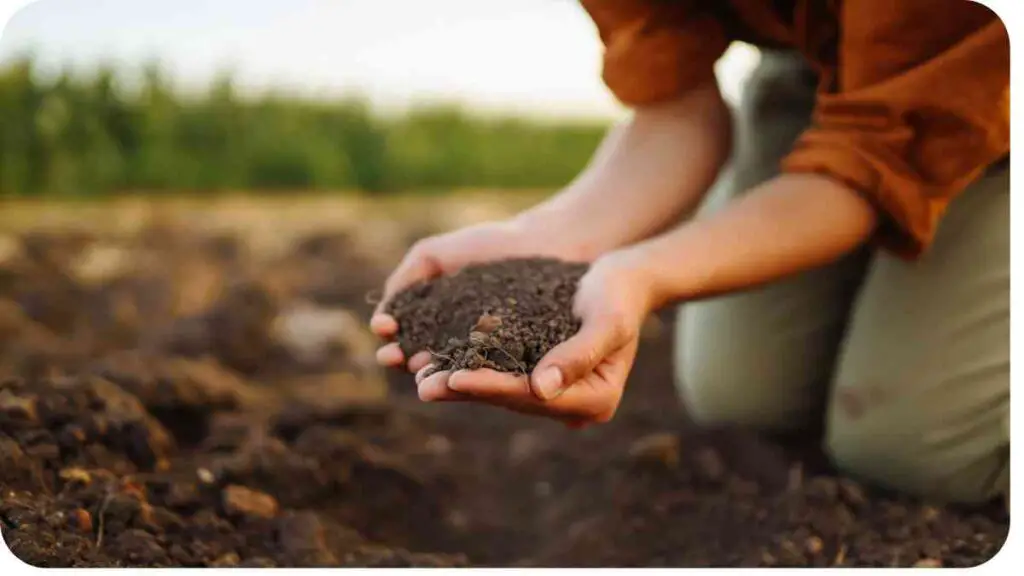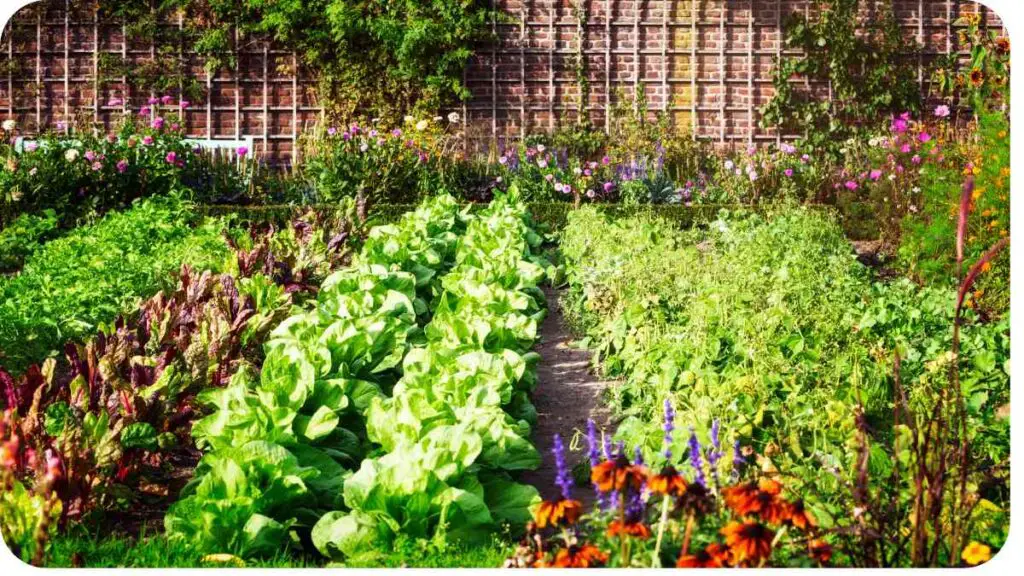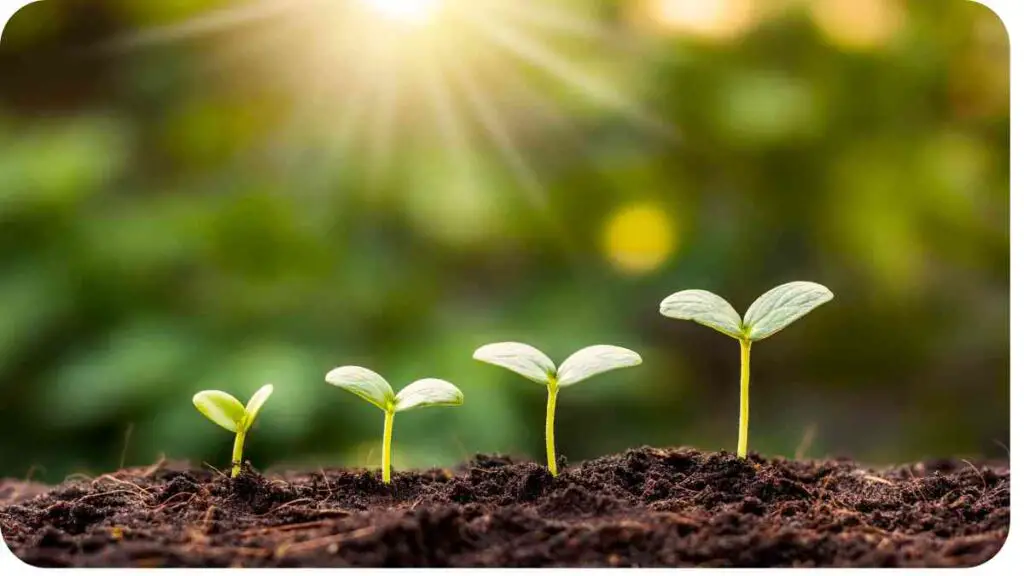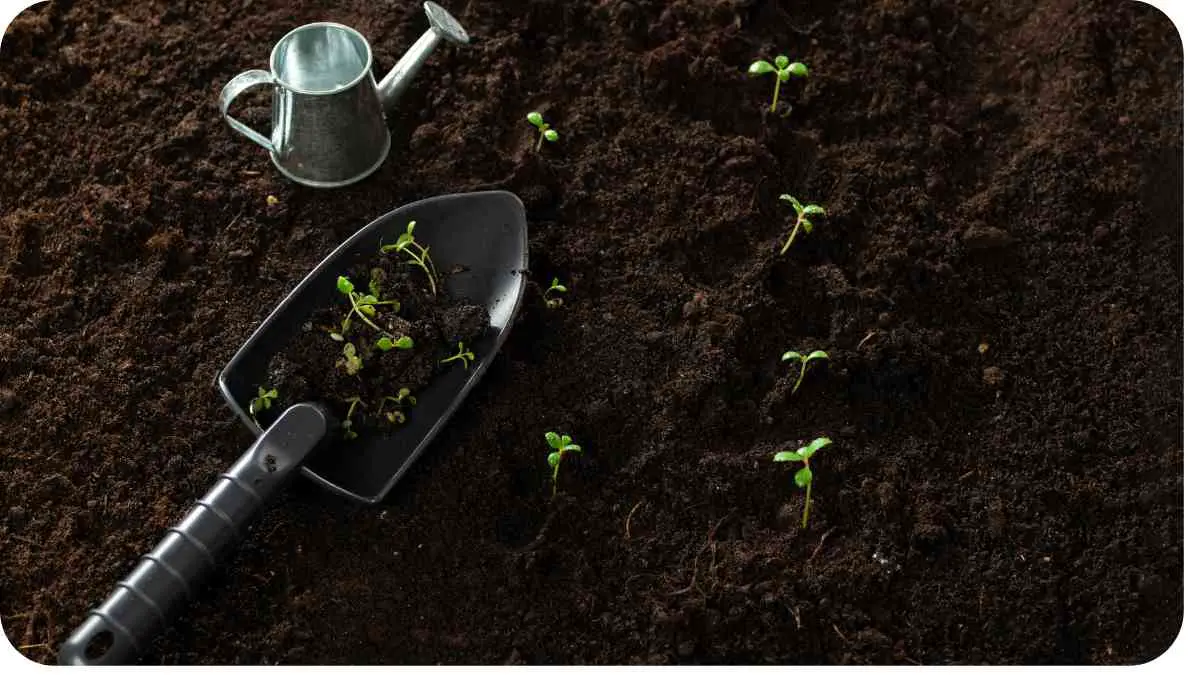When it comes to gardening, the health of your soil is paramount. Organic gardening methods offer a holistic approach that not only nurtures plants but also fosters a thriving ecosystem beneath the surface.
In this article, we’ll explore how organic gardening practices can significantly enhance soil health, promoting better plant growth and sustainability.
| Takeaways |
|---|
| 1. Organic gardening promotes soil health naturally. |
| 2. Composting enriches soil with essential nutrients. |
| 3. Crop rotation prevents soil depletion and pests. |
| 4. Cover cropping protects and nourishes the soil. |
| 5. Mulching conserves moisture and suppresses weeds. |
| 6. Avoiding chemicals fosters a pure and balanced ecosystem. |
| 7. Beneficial insects assist in natural pest control. |
| 8. Monitoring soil health is essential for sustainability. |
2. Understanding Soil Health

Before diving into organic gardening methods, it’s essential to grasp the concept of soil health. Soil isn’t just a medium for plants to grow in; it’s a complex ecosystem teeming with life. Healthy soil contains a diverse community of organisms, including bacteria, fungi, earthworms, and other microorganisms, all working together to support plant growth.
Incorporating compost in your garden not only enriches the soil but also enhances plant growth and resilience. By using compost, you’re fostering a thriving ecosystem underground, leading to healthier plants above ground.
Table: Comparison of Organic and Conventional Gardening Methods
| Aspect | Organic Gardening | Conventional Gardening |
|---|---|---|
| Soil Health | Builds and maintains soil fertility naturally | May degrade soil health over time due to chemical inputs |
| Environmental Impact | Low environmental impact, promotes biodiversity | Chemical runoff can harm ecosystems and water sources |
| Plant Nutrition | Provides balanced nutrients through natural processes | Relies on synthetic fertilizers, which may cause nutrient imbalances |
| Long-Term Sustainability | Promotes sustainable practices and soil regeneration | Often leads to soil depletion and reliance on external inputs |
3. Benefits of Organic Gardening

Organic gardening offers a host of benefits, not just for plants but for the entire ecosystem. Let’s take a look at some of the key advantages compared to conventional methods.
Table: Essential Elements for Organic Gardening
| Element | Description |
|---|---|
| Soil Health | Focuses on building and maintaining healthy soil |
| Sustainability | Promotes practices that can be maintained long-term |
| Environmental Impact | Minimizes harm to the environment and promotes biodiversity |
| Nutrient Cycling | Utilizes natural processes to recycle nutrients within the ecosystem |
By prioritizing soil health and sustainability, organic gardening methods contribute to the overall well-being of the environment.
4. Organic Gardening Practices
Organic gardening is more than just avoiding synthetic chemicals; it’s a holistic approach that mimics natural ecosystems. By incorporating these practices into your gardening routine, you can improve soil health and promote a thriving garden.
Rooftop gardens transform urban spaces into green havens while mitigating heat, reducing energy consumption, and promoting biodiversity. Learn how rooftop gardens are engineered to thrive amidst concrete jungles, offering sustainability and solace in metropolitan areas.
Table: Nutrient Content of Common Compost Ingredients
| Compost Ingredient | Nutrient Content |
|---|---|
| Kitchen Scraps | Nitrogen-rich, contributes to microbial activity |
| Yard Waste | Provides carbon for composting process |
| Manure | Rich in nitrogen, phosphorus, and potassium |
| Coffee Grounds | Adds nitrogen and acidity to compost mix |
| Leaves | Carbon-rich, helps balance compost ratios |
Composting is one of the cornerstones of organic gardening. It’s nature’s way of recycling organic matter, returning nutrients to the soil in a form that plants can readily absorb.
5. Composting: Nature’s Fertilizer
Compost is often referred to as “black gold” in the gardening world, and for a good reason. It’s a nutrient-rich soil amendment that improves soil structure, fertility, and moisture retention.
Table: Nutrient Content of Common Compost Ingredients
| Compost Ingredient | Nitrogen Content (%) | Phosphorus Content (%) | Potassium Content (%) |
|---|---|---|---|
| Kitchen Scraps | 1-2 | 0.1-0.5 | 0.5-1.0 |
| Yard Waste | 0.5-1.0 | 0.1-0.3 | 0.1-0.5 |
| Manure | 1.0-6.0 | 0.5-3.0 | 0.5-3.0 |
| Coffee Grounds | 2.0-2.5 | 0.2-0.3 | 0.3-0.5 |
| Leaves | 0.5-1.0 | 0.1-0.2 | 0.1-0.3 |
By composting organic waste materials such as kitchen scraps, yard waste, and manure, you can create a nutrient-rich amendment that replenishes the soil and promotes healthy plant growth.
6. Crop Rotation: A Natural Defense
Crop rotation is a time-honored practice that helps prevent soil depletion and reduce pest and disease pressure. By rotating crops seasonally, you can disrupt pest life cycles and minimize soil nutrient imbalances.
Understanding the delicate balance of water in gardening systems is crucial. Discover why excess water poses risks to soil-based gardens but not to hydroponic setups, ensuring optimal plant health in different cultivation environments.
Table: Benefits of Different Cover Crops
| Cover Crop | Benefits |
|---|---|
| Legumes (e.g., clover, peas) | Fix nitrogen into the soil, improve soil structure |
| Grasses (e.g., rye, oats) | Suppress weeds, prevent soil erosion |
| Brassicas (e.g., mustard, radish) | Break up compacted soil, scavenge nutrients |
Cover cropping involves planting specific crops during fallow periods to protect and enrich the soil. Each type of cover crop offers unique benefits, from nitrogen fixation to weed suppression.
7. Cover Cropping: Blanketing the Soil
Cover cropping is another essential practice in organic gardening. By planting cover crops during the off-season, you can protect the soil from erosion, suppress weeds, and improve soil fertility.
Table: Benefits of Different Cover Crops
| Cover Crop | Benefit |
|---|---|
| Legumes | Fix nitrogen into the soil, improving fertility |
| Grasses | Prevent erosion, suppress weeds |
| Brassicas | Break up compacted soil, suppress nematodes |
Whether you choose legumes, grasses, or brassicas, cover cropping can help maintain soil health and prepare your garden beds for future plantings.
8. Mulching: Protecting and Nourishing
Mulching is a simple yet effective way to protect the soil, conserve moisture, and suppress weeds. By covering the soil surface with organic materials like straw, leaves, or wood chips, you can create a protective barrier that insulates the soil and fosters microbial activity.
Raised beds revolutionize gardening by optimizing space, soil quality, and drainage for bountiful harvests. Explore the reasons why gardeners prefer raised beds, from easier access and weed control to improved soil structure and warmer soil temperatures.
Table: Benefits of Different Mulching Materials
| Mulch Material | Benefits |
|---|---|
| Straw | Insulates soil, conserves moisture |
| Leaves | Adds organic matter, improves soil structure |
| Wood Chips | Suppresses weeds, moderates soil temperature |
Mulching also adds organic matter to the soil as it breaks down, enhancing soil fertility and structure over time.
9. Avoiding Chemicals: Keeping it Pure
One of the fundamental principles of organic gardening is avoiding synthetic chemicals. Instead of relying on pesticides and herbicides, organic gardeners use natural methods to control pests and manage weeds.
Table: Common Beneficial Insects and Their Roles
| Beneficial Insect | Role |
|---|---|
| Ladybugs | Predators of aphids and other garden pests |
| Lacewings | Feed on aphids, caterpillars, and insect eggs |
| Parasitic Wasps | Parasitize and control pest populations |
| Ground Beetles | Consume soil-dwelling pests like slugs and snails |
Encouraging beneficial insects, such as ladybugs and lacewings, can help keep pest populations in check without the need for harmful chemicals.
10. Encouraging Beneficial Insects
In addition to avoiding harmful chemicals, organic gardeners actively promote beneficial insects that prey on garden pests. By creating a welcoming habitat for these natural predators, you can achieve pest control without disrupting the ecosystem.
Maintaining the right temperature for hydroponic water pumps is essential for system efficiency and plant health. Find out the recommended temperature ranges to ensure your hydroponic setup operates smoothly, providing optimal conditions for vigorous plant growth and nutrient uptake.
Table: Indicators of Soil Health
| Soil Indicator | Description |
|---|---|
| Soil Texture | Determines soil’s ability to hold water and nutrients |
| pH Level | Influences nutrient availability and microbial activity |
| Organic Matter | Provides essential nutrients and improves soil structure |
| Soil Compaction | Affects root penetration and water infiltration |
| Earthworm Activity | Indicates soil fertility and biological activity |
Monitoring these soil indicators can help you assess the health of your soil and make informed decisions about amendments and gardening practices.
11. Monitoring Soil Health

Regularly monitoring soil health is crucial for maintaining a productive and sustainable garden. By paying attention to key indicators such as soil texture, pH level, and organic matter content, you can ensure that your garden soil remains fertile and resilient.
12. Conclusion
Organic gardening methods offer a holistic approach to soil health, promoting sustainability, biodiversity, and resilience. By incorporating practices such as composting, crop rotation, cover cropping, and mulching, you can nurture a thriving ecosystem beneath the surface, resulting in healthier plants and a more vibrant garden.
14. Frequently Asked Questions
Q: Can I use chemical fertilizers in organic gardening?

For 15 years, Hellen James has worked in the gardening industry as an expert and landscape designer. During her career, she has worked for a variety of businesses that specialize in landscaping and gardening from small firms to large corporations.

